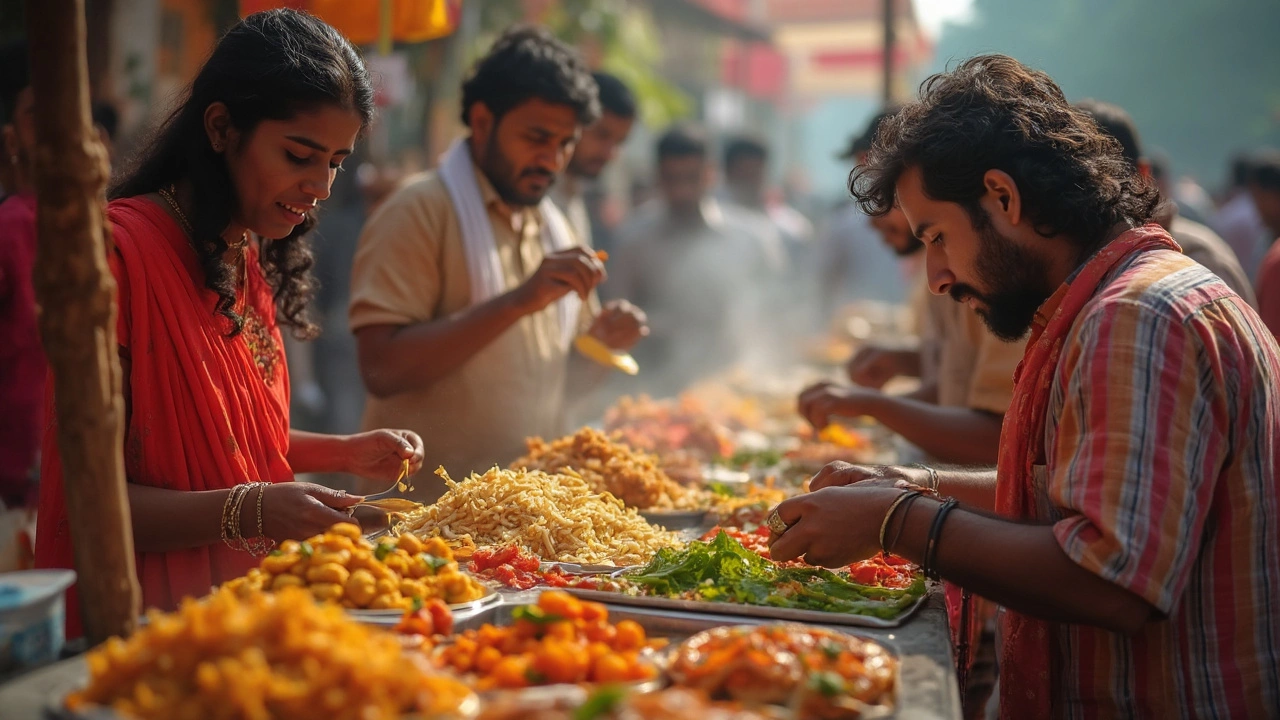SEARCH
Delhi Belly: Simple Ways to Prevent and Cure Traveler’s Diarrhea
If you’ve ever worried about catching "Delhi belly" on a trip, you’re not alone. A few hours after a street‑food feast you might feel cramps, urgency, and the urge to run for a restroom. The good news? Most cases are easy to avoid and even easier to treat. Below are no‑fluff tips that work for anyone moving through India’s bustling cities and quiet villages.
Why Delhi Belly Happens
Delhi belly is just a friendly name for travel‑related diarrhea. It usually shows up when bacteria, parasites, or viruses from food or water get into your gut. Common culprits include raw salads washed in tap water, unpeeled fruits, and dishes left out in the heat for too long. Even a clean‑looking restaurant can slip up if the kitchen’s hygiene isn’t spot‑on.
Most visitors get sick within 12‑48 hours after the exposure, which means the symptoms can start while you’re still on the road. Knowing the likely sources helps you make smarter choices without missing out on India’s amazing flavors.
Practical Tips to Stay Safe
1. Choose your water wisely. Stick to bottled water that’s sealed, or treat tap water with a reliable purifier or iodine tablets. Avoid ice unless you’re sure it’s made from purified water.
2. Be picky with street food. Look for vendors who cook food fresh in front of you, keep utensils clean, and have a steady flow of customers – busy stalls usually mean faster turnover and less time for bacteria to grow.
3. Peel your own fruit. Bananas, mangos, and guavas are safe once you peel them yourself. If you can’t peel it, pass on it.
4. Pack a small health kit. Include oral rehydration salts (ORS), a probiotic capsule, and an over‑the‑counter anti‑diarrheal like loperamide. These items can keep you comfortable while you wait for symptoms to pass.
5. Trust your gut – literally. If a dish smells off, looks soggy, or sits out for a long time, skip it. Your instinct is a useful early warning system.
When symptoms hit, start rehydrating immediately. Sip ORS or a mix of water, a pinch of salt, and a spoonful of sugar every 15‑20 minutes. Eat bland foods like plain rice, boiled potatoes, or toast once you can keep liquids down. Most mild cases clear up in a day or two. If you have a fever, blood in stools, or the diarrhea lasts more than three days, see a doctor – many cities have English‑speaking clinics that can prescribe a short course of antibiotics if needed.
Remember, preventing Delhi belly isn’t about avoiding Indian food altogether. It’s about making smart, low‑risk choices while still tasting the spices, sauces, and street‑side snacks that make travel memorable. Follow these simple steps, and you’ll spend less time worrying about the restroom and more time exploring the sights, sounds, and flavors of India.

What Not to Eat in India: Your North India Survival Guide
Worried about getting sick while tasting your way through North India? This guide cuts through the confusion, listing exactly what foods and drinks to avoid if you want to dodge stomach troubles on your trip. Learn practical tips, why certain foods are risky, and what you should look for before digging in. Save yourself the hassle and eat with confidence in Delhi, Agra, Jaipur, and beyond. Stay healthy and enjoy the real flavors of India, without any nasty surprises.
Continue reading